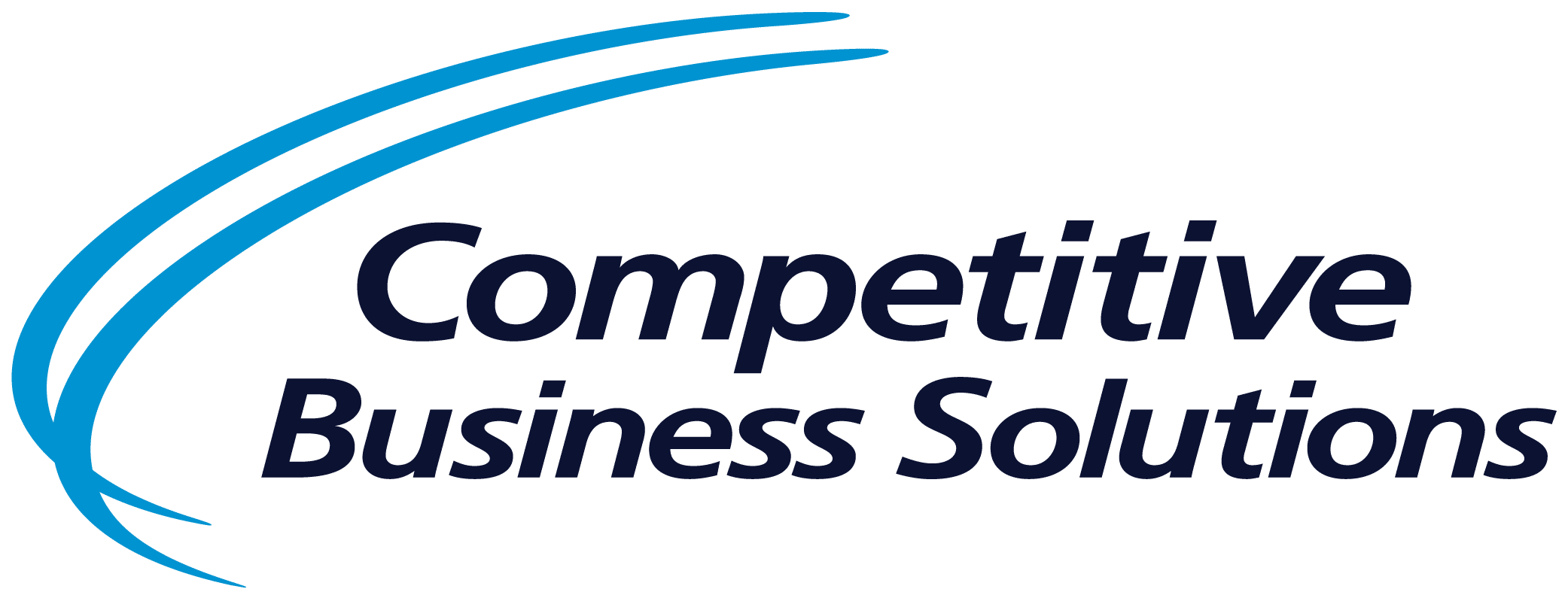In Part 1 of this two-part series, we examined just how important it is to every level of your business to ensure your operational due diligence is done as quickly and efficiently as possible.
But the question remains: How do you speed up the operational due diligence process and reap the benefits of informed decision-making, minimized risk, and the potential to create far more value than would be possible otherwise?
I’m glad you asked! To make your operational due diligence efforts more efficient and profitable, let’s examine the three main steps. First, familiarize yourself with the tech options. Then, pick and use the tools that best suit your needs. Lastly, establish a solid framework for your operational due diligence process. This method speeds things up and keeps it thorough and efficient.
Let’s take a look at each step individually before we put it all together to maximize your efficiency.
Step One: Use of Technology
Tech’s impact on the operational due diligence process can’t be understated. Things that used to take days or weeks–or months–can now be done in seconds. With the right tools, companies can cut time and boost evaluation accuracy.
- Data Analytics: Using analytics tools helps process big data sets fast, spotting trends, deviations, and risks in operational metrics for smarter choices. Examples here include Power BI, Tableau, and other analytics platforms.
- Software Automation: Automation tools like Zapier or Microsoft Flow can help you automate workflows to streamline the operational due diligence process. With them, you can use a drag-and-drop interface to create rules that trigger key actions when certain criteria are met.
- Artificial Intelligence (AI): AI algorithms give predictive insights and automate tasks, saving time and effort in operational due diligence. ChatGPT is probably the most recognizable of these generative AI platforms, although the space is quickly evolving.
- Digital Platforms: Examples include Slack, Microsoft Teams, and Google Workspace. These tools facilitate seamless team collaboration and efficient data sharing, enhancing timely and transparent communication.
Step Two: Standardized Frameworks
The second element of speeding up and improving your investigations is all about consistency and efficiency. Standardizing every aspect of your operational due diligence process ensures consistency and thoroughness at each stage.
- Checklists and Templates: Using standardized checklists, templates, and frameworks can make sure you cover all the important operational aspects consistently, making it easier to gather the necessary information.
- Benchmarking: Checking how the target company’s operational metrics measure up to industry standards can point out areas that need improvement or opportunities for enhancements.
Step Three: Cross-Functional Collaboration
A single flashlight beam in a dark warehouse might seem like the quickest way to the other side. But if big business failures over the last several decades have revealed anything, it’s that when you’re only focused on one thing, you can miss the big important stuff–good or bad, opportunity or monster–lurking just out of view.
That’s why harnessing the expertise of interdisciplinary teams across finance, operations, IT, and legal spheres enables a well-rounded review of the target company’s functionalities.
It might seem like extra steps, and it might slow you down a bit at the beginning. But in the long run, the more eyes—and areas of expertise—involved, the better the result.
In the same way, engaging key stakeholders from both the acquiring and target entities encourages transparent communication and provides a 360-degree view of operations.
Efficiency Should be Your Secret Weapon
Speed in operational due diligence can be the difference between a big win and a devastating loss. Fortunately, whether you tackle the process independently or engage a team of professionals, the necessary tools are at your disposal. By integrating these methods, companies can transform the daunting task of operational due diligence into a streamlined, efficient, and profitable endeavor. This strategy not only safeguards against potential pitfalls but also opens doors to identifying and leveraging hidden post-acquisition opportunities.



